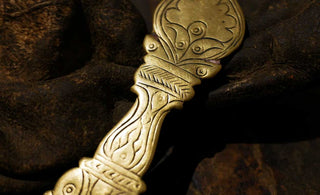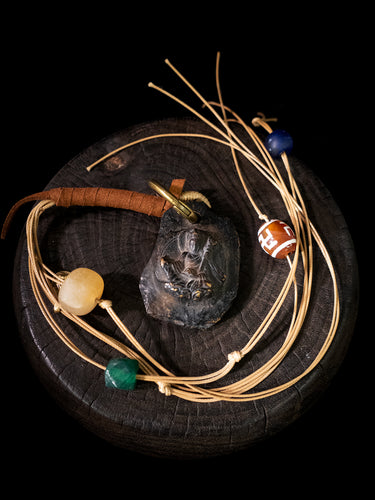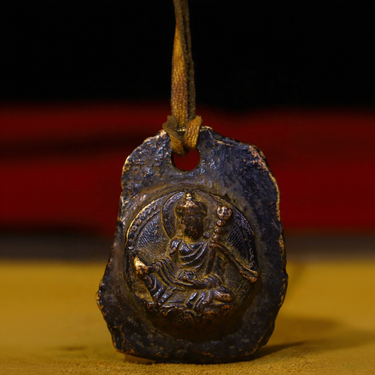
Unveiling the Spiritual Legacy of Tibetan Buddhism
The journey through the historical peaks and transformative phases of Tibetan Buddhism is akin to embarking on a profound odyssey, resonating with spiritual depth and cultural richness. Nestled amidst the breathtaking landscapes of Tibet lies a heritage deeply intertwined with Tibetan Buddhism, a philosophy ingrained in the hearts of its people and exemplified by iconic landmarks such as the Potala Palace*
The Potala Palace: Epitome of Spiritual Magnificence
Perched majestically atop Marpo Ri hill in Lhasa, the Potala Palace stands as an architectural masterpiece, reflecting the zenith of Tibetan Buddhist artistry and spiritual devotion. Its grandeur and historical significance trace back to the 7th century, serving as the primary residence of successive Dalai Lamas and a sanctuary for Tibetan Buddhism.
Historical Peaks: Tracing the Origin
The evolution of Tibetan Buddhism embodies a narrative steeped in mystical traditions and philosophical tenets. Emerging from the teachings of Indian Buddhism, it amalgamated with native Bon practices, fostering a unique spiritual landscape that shaped the culture and ethos of Tibet. The roots of this profound spiritual journey lead back to revered figures like Padmasambhava and the dissemination of Buddhist teachings across the Tibetan Plateau.
The advent of Padmasambhava, revered as the "Second Buddha," introduced Vajrayana Buddhism to Tibet, which merged seamlessly with the existing Bon traditions, creating a harmonious blend of spiritual ideologies.
The dissemination of Buddhist teachings across the Tibetan Plateau unfolded through a series of monumental events, including the translation of sacred Buddhist texts into Tibetan. The meticulous translation efforts undertaken by revered scholars like Vairochana and Rinchen Zangpo played a pivotal role in preserving and disseminating Buddhist knowledge. These translations formed the foundation of Tibetan Buddhist literature, nurturing a rich repository of spiritual wisdom that continues to guide practitioners today.
The establishment of key monastic centers such as Samye Monastery, Tibet's first monastery, symbolized the institutionalization of Buddhism in the region. Under the patronage of King Trisong Detsen, Samye Monastery served as a hub for spiritual scholarship, debate, and the propagation of Buddhist doctrines.
The reign of subsequent Tibetan kings further solidified Buddhism's foothold in the region. The leadership of King Songtsen Gampo witnessed the construction of significant religious structures, including the Jokhang Temple in Lhasa, which remains a revered pilgrimage site for Buddhists.
The enduring legacy of Tibetan Buddhism persisted through tumultuous periods, including political upheavals and invasions. However, the unwavering devotion of revered spiritual leaders, the unwavering commitment of scholars to preserve sacred texts, and the resilience of monastic institutions ensured the continuity of Tibetan Buddhist traditions.
The patronage and endorsement of Buddhism by successive Dalai Lamas, starting with the Great Fifth Dalai Lama, Ngawang Lobsang Gyatso, further solidified its influence. The Potala Palace, constructed under his supervision, not only served as the residence of the Dalai Lamas but also stood as a testament to the spiritual authority of Tibetan Buddhism.
Transformative Phases: Shaping Spiritual Ideologies
Tibetan Buddhism’s transformative phases reflect an intricate tapestry of philosophies, rituals, and art forms. The Vajrayana tradition, with its emphasis on esoteric practices and profound symbolism, became integral to Tibetan Buddhist philosophy. This phase witnessed the flourishing of Tantric Buddhism, fostering a synthesis of wisdom and compassion encapsulated within various practices and rituals.
The resonance of Tibetan Buddhism reverberates through its art and cultural heritage. From thangka paintings depicting spiritual narratives to intricately crafted mandalas symbolizing cosmic unity, art became a conduit for spiritual expression and transmission of profound teachings. Monastic dance forms like Cham Dance and the architecture of sacred spaces such as stupas and monasteries all embody the spiritual essence of Tibetan Buddhism.
A significant milestone in the transformative journey of Tibetan Buddhism was the flourishing of Tantric Buddhism, a phase that epitomized the synthesis of wisdom and ritual. Tantric practices introduced intricate visualization techniques, empowering practitioners to delve into deeper states of consciousness. Symbolism played a pivotal role, as elaborate rituals and mandala constructions became a means to understand the interconnectedness of the universe and transcend mundane perceptions.
Throughout these transformative phases, the evolution of Buddhist philosophy witnessed a proliferation of profound treatises, elucidating intricate concepts and spiritual methodologies. Scholars and practitioners engaged in rigorous debates and contemplative practices, leading to the development of philosophical frameworks that expounded on emptiness (sunyata), compassion (karuna), and the nature of reality.
This transformative journey not only influenced philosophical ideologies but also reverberated through artistic expressions. The creation of thangka paintings, sculptures, and intricate mandalas served as spiritual conduits, depicting celestial realms, divine figures, and esoteric teachings. The artistic endeavors of Tibetan artisans became embodiments of spiritual wisdom, offering devotees visual representations of profound philosophical concepts.
The transformative phases of Tibetan Buddhism continue to sculpt spiritual landscapes, resonating with seekers and enthusiasts, fostering a profound understanding of spiritual evolution and cultural richness.
Oriental Aesthetics: Nurturing Spiritual Legacies
Oriental Aesthetics stands as a beacon for aficionados, collectors, and artists alike who cherish classical oriental art, including the profound heritage of Tibetan Buddhism. Our services meticulously cater to preserving, promoting, and nurturing the rich artistic legacy and spiritual resonance embodied within oriental arts. Throughout the history river, the splendor of oriental beauty persists. It demonstrates the brilliance of the East and the embracing nature. With a commitment to excellence, we facilitate a seamless journey for enthusiasts and collectors, connecting them with the soulful essence of classical oriental art via various methods and media.
























